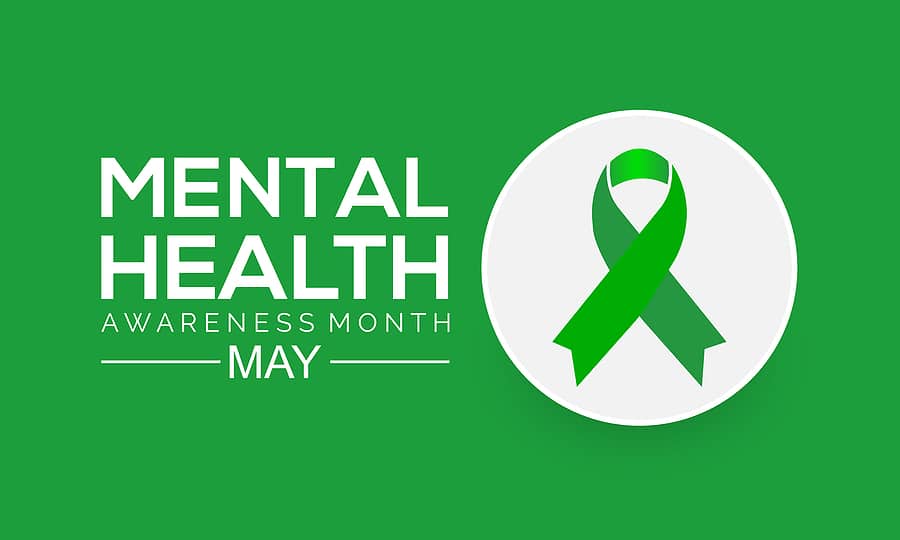You may be surprised to hear this, but Mental Health Awareness Month has been observed in the U.S. since 1949. In honor of this occasion, we’ve put together this article to shed some light on the topic of mental health.
What is Mental Health?
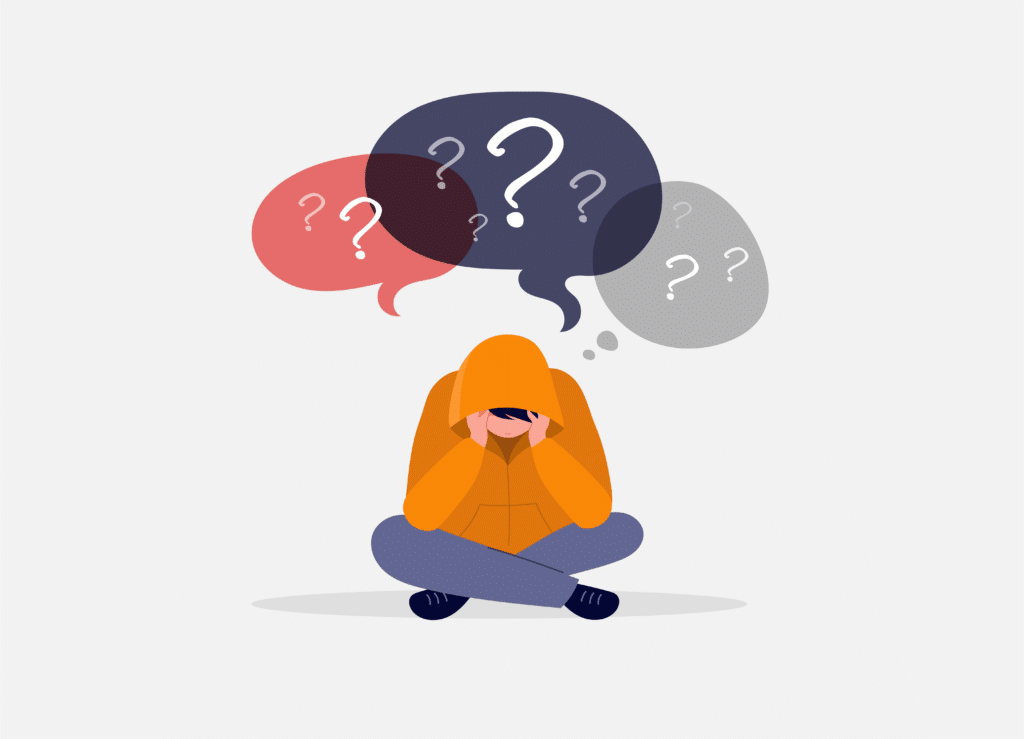
This may seem like a silly question to answer, but mental health is a complex issue. Mental health includes our emotional, psychological, and social well-being. It affects how we handle stress, interact with others, and the choices we make. Many people overlook their mental health, but doing so can impact your physical health as well. For instance, depression increases the risk of many physical health problems like diabetes, heart disease, and stroke. Similarly, chronic physical ailments can also lead to mental health issues.
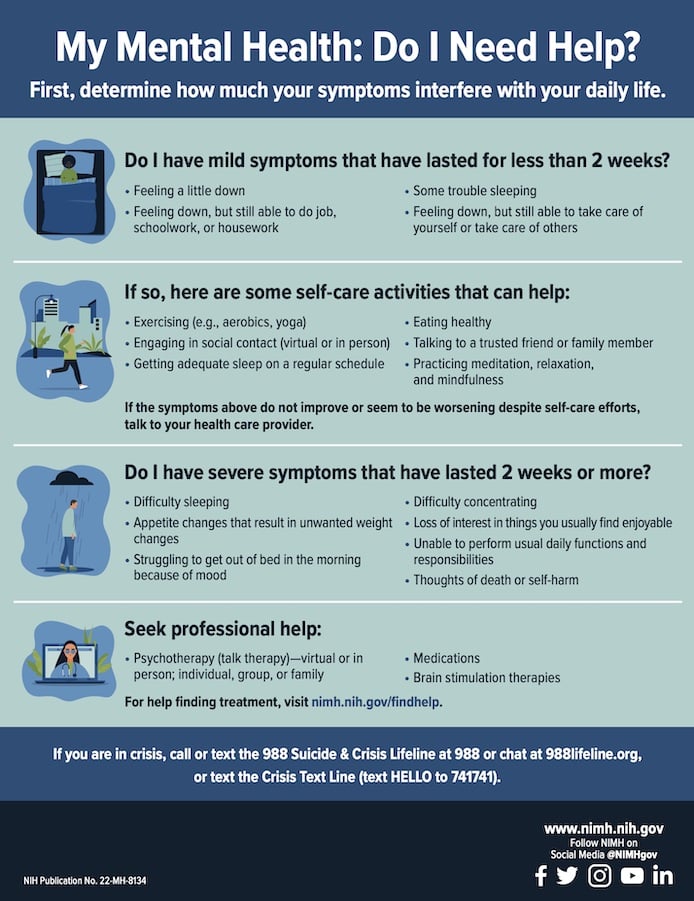
Since many struggle with mental health issues in silence, you may be shocked to hear that more than 1 in 5 adults in the U.S. live with a mental illness. On top of that, 1 in 25 adults live with severe mental illnesses like schizophrenia, bipolar disorder, or major depression. So, there’s a good chance that someone or even multiple people in your life may be dealing with mental health issues.
Staying on Top of Your Mental Health
Keeping up with your mental health is just as important as keeping up with your physical health. While the symptoms of your mental health may not be as obvious on the outside, it is important to look inwards and keep tabs on how your brain is doing.
Stress

The first thing to be mindful of is stress. Stress is a silent but deadly killer and affects nearly every adult in the U.S today. Stress is linked to the progression of several different illnesses like anxiety, depression, and even Alzheimer’s disease. It can also lead to a myriad of physical health issues like headaches, gastrointestinal issues, and heart disease.

To combat stress, one thing you can always try to do is breathe deeply. Breathing deeply gets enough oxygen to your stressed-out brain to invoke the relaxation response. Simply dedicating a minute or two out of your day to breathe deeply is a free and easy way to combat stress. Deep abdominal breathing encourages full oxygen exchange — that is, the beneficial trade of incoming oxygen for outgoing carbon dioxide. As a result, it can slow the heartbeat and lower or stabilize blood pressure which in turn helps combats feelings of stress.
Seasonal Affective Disorder (SAD)
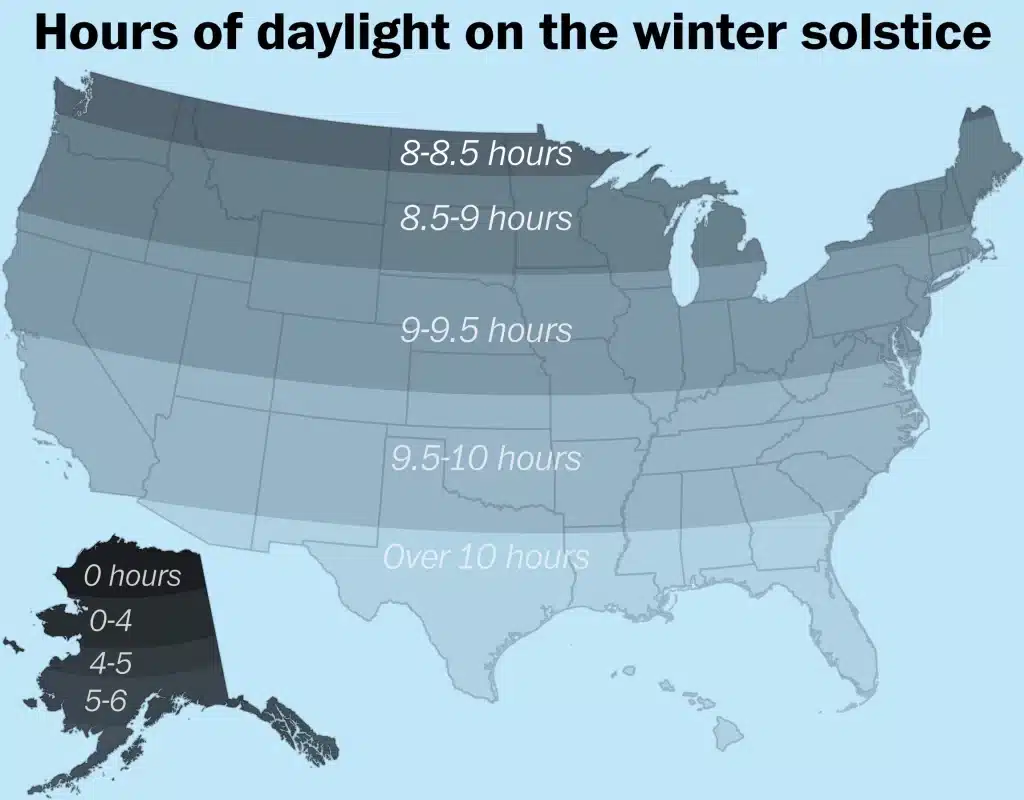
Another big mental health factor to be aware of is depression. In fact, people who live in the Pacific North West are more likely to deal with symptoms of depression than other regions of the U.S. due to the lack of consistent sunshine, which results in a Vitamin D deficiency. This ties in with a very common issue people in the PNW face called Seasonal Affective Disorder or, ironically fittingly, SAD.
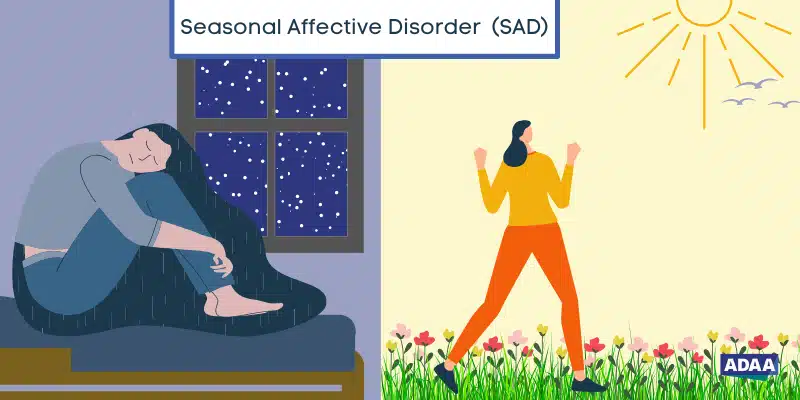
SAD can affect those who don’t suffer from year-round depression and falls into two categories. In most cases, SAD symptoms start in the late fall or early winter and dissipate during the spring and summer; this is known as winter-pattern SAD or winter depression. There are also people who may experience the opposite, with their depressive episodes emerging during the spring and summer; this is called summer-pattern SAD or summer depression and is less common. So, if you ever feel like you are suffering from severe “winter blues”, consider talking to your doctor about Seasonal Affective Disorder.
Maslow’s Hierarchy of Needs

One model I like to reference when looking at my own mental health is Maslow’s Hierarchy of Needs. This motivational theory is comprised of a five-tiered model of human needs, starting with our most basic needs and moving upward. These needs are in hierarchical order, meaning that if a need lower on the pyramid is not met, the need above cannot be met. The needs depicted in this model are physiological needs, safety and security, love and belonging, self-esteem, and self-actualization.
Tier 1 | Physiological Needs

On the first tier are your very basic needs: food, water, breathing, sleep, shelter, and clothing. Without all of these things being taken care of, you can not tend to your higher needs. This is why so often we see homeless people struggling with mental health issues, as they are unable to move past this tier. If one is not fed, watered, sheltered, and able to sleep, it is extremely difficult to even begin focusing on the other aspects of their mental health. This is why the first step in your mental health care is taking care of your basic needs. Be sure you are eating enough, drinking enough water, and getting enough sleep. Without these things, you are not laying the necessary foundation to build your mental health upwards.
Tier 2 | Safety & Security Needs

Next on the pyramid are your safety and security needs. This refers to your health, employment, property, family, and social ability. These are all things that make you as a human feel safe and secure. This is why so often, becoming unemployed or losing a family member can wreak havoc on your mental health. That’s why in times like that, it can be hard to focus on things on the higher levels like your relationships with your friends, spouse, and even yourself. If you find yourself struggling on this level, consider reaching out to a therapist for a personalized approach on how to regain your sense of safety and security.
Tier 3 | Social Needs

On the third tier of the pyramid, we reach your need to feel loved and like you belong. This means building relationships with friends and family as well as more intimate relationships like one with a spouse. This is why self-isolating can be such a huge factor in deteriorating mental health. Without the love and support of your friends and family, it is nearly impossible to feel a sense of belonging and work on your higher needs. If you find that you are feeling isolated or alone, reach out to your friends and family for moral support. For those who may not have many friends or an unsupportive family, consider joining a club or starting group therapy to regain your sense of belonging. You do belong and you do matter, it’s just a matter of finding other people who see that.
Tier 4 | Esteem Needs
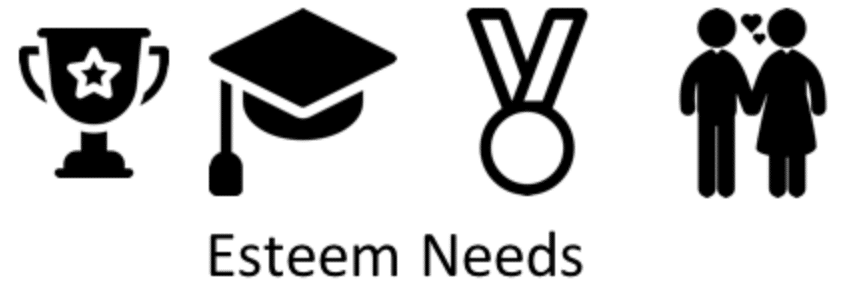
Now that we’ve reached level four, we have moved on from filling our basic needs and are now focused on our growth needs. These are needs that, when met, allow you to realize your full potential. The first of these growth needs is self-esteem. Self-esteem can be fulfilled through confidence, achievement, respect for others, and unique individuality. On this tier, we’re focused on self-love. Flaunt what you’ve got, do what makes you happy, and honor others on their own journey to build up that self-esteem.
Tier 5 | Self-Actualization
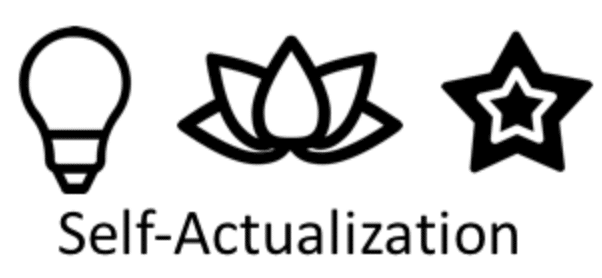
We’ve made it to the tippy-top of the triangle, the self-actualization tier. This is where we all hope to be one day, the higher-meaning tier. This is where one focuses on morality, creativity, spontaneity, acceptance, purpose, meaning, and inner potential. The most important thing to know about this tier is that in order to get here, all previous needs must be met. That’s why so often we find it difficult to divulge in creative endeavors and find our “purpose” in life; Because many of us are still down on the 2nd or 3rd tier. That’s why mental health is so important. By focusing on our basic mental health needs, we open up the door to exploring our creativity, meaning, and inner potential.
If you or anyone you know is experiencing a mental health emergency, please call or text 988 to be connected to the Suicide and Crisis Lifeline. It is confidential, free, and available 24/7/365.
Products listed are available at Cinder locations: Cinder North, 6010 N Division St, Spokane, Wa 99208; Cinder Downtown, 927 W 2nd Ave, Spokane, WA 99201; and Cinder Valley, 1421 N Mullen Rd B, Spokane Valley, Wa 99206 This product has intoxicating effects and may be habit-forming. Which is to say, cannabis can impair concentration, coordination, and judgment. Therefore, do not operate a vehicle or machinery under the influence of this drug. Furthermore, there may be health risks associated with consumption of this product. For use only by adults twenty-one and older. To sum up, keep out of the reach of children.


